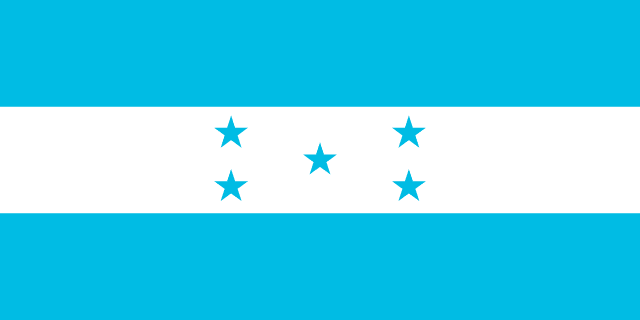Country Information
| Sovereign State | Yes |
| Country Codes | SV, SLV, 222 |
| Official Name | Republic of El Salvador |
| Continent | North America |
| Capital | San Salvador |
| Government Type | Presidential republic |
| Currency | United States Dollar (USD) |
| Calling Code | +503 |
| Member Of | United Nations, Organization of American States, Central American Integration System |
| Population | Approx. 6.5 million (as of 2023) |
| Total Area | 21,041 square kilometers |
| Highest Point | Cerro El Pital (2,730 meters or 8,957 feet) |
| Lowest Point | Pacific Ocean (0 meters or 0 feet) |
| GDP Per Capita | Approx. $4,000 (as of 2023) |
| Life Expectancy | Approx. 73 years (as of 2023) |
| Internet TLD | .sv |
El Salvador National Anthem
Himno Nacional de El Salvador (National Anthem of El Salvador)
Let us salute the Motherland,
Proud to be called its children.
To her well-being let us swear
Boldly and unceasingly to dedicate our lives.
Let us salute the Motherland,
Proud to be called its children.
To her well-being let us swear
Boldly and unceasingly to dedicate our lives.
Flags of Neighboring Countries


History of the El Salvador Flag
The flag of El Salvador was officially adopted on May 27, 1912. Its design and colors are a representation of the country’s history, culture, and aspirations.
The flag consists of three horizontal stripes: blue at the top and bottom with white in the middle. The blue stripes symbolize the Pacific Ocean and the Caribbean Sea, which border Central America, while the white stripe represents peace. At the center of the flag is the coat of arms, which includes a triangle representing equality and the three branches of El Salvador’s government, five volcanoes symbolizing the five member states of the United Provinces of Central America, and other symbols representing the nation’s culture and history.
The flag’s design was inspired by the flag of the Federal Republic of Central America, reflecting El Salvador’s history as part of the union. The blue and white colors have been a part of the national flag since 1822, symbolizing solidarity and unity with other Central American countries.
Throughout its history, the flag of El Salvador has undergone several modifications, particularly to its coat of arms. The flag is a source of pride for Salvadorans, embodying the spirit of independence and their shared cultural heritage. It is prominently displayed in public spaces, government buildings, and at national and international events. The flag not only symbolizes national identity but also represents the aspirations of the Salvadoran people for peace, democracy, and progress.

